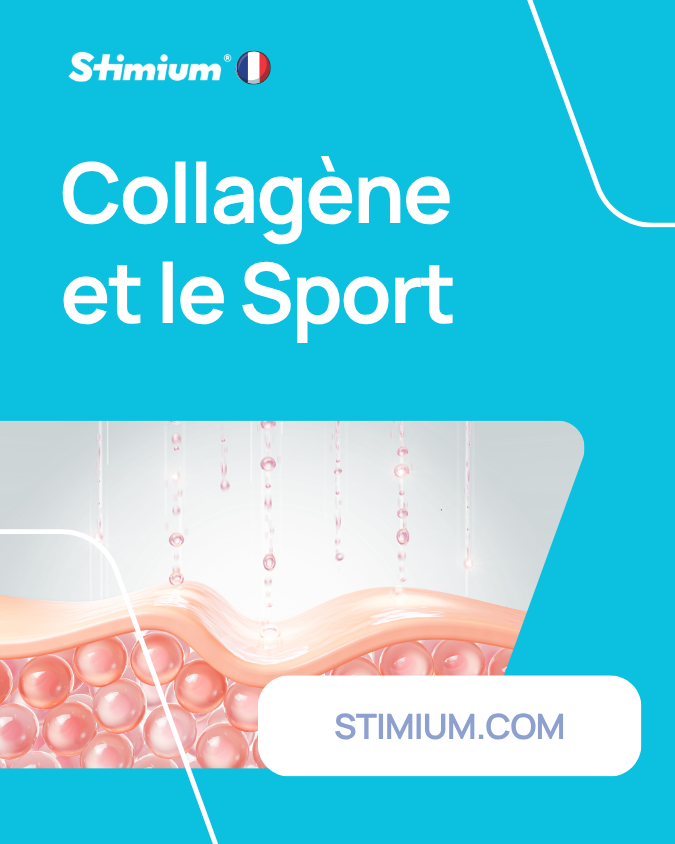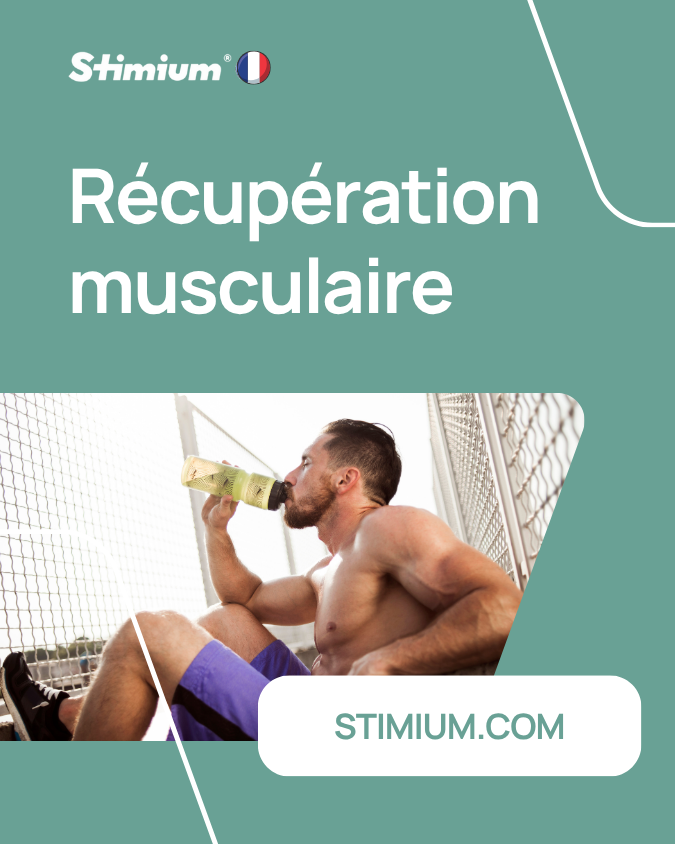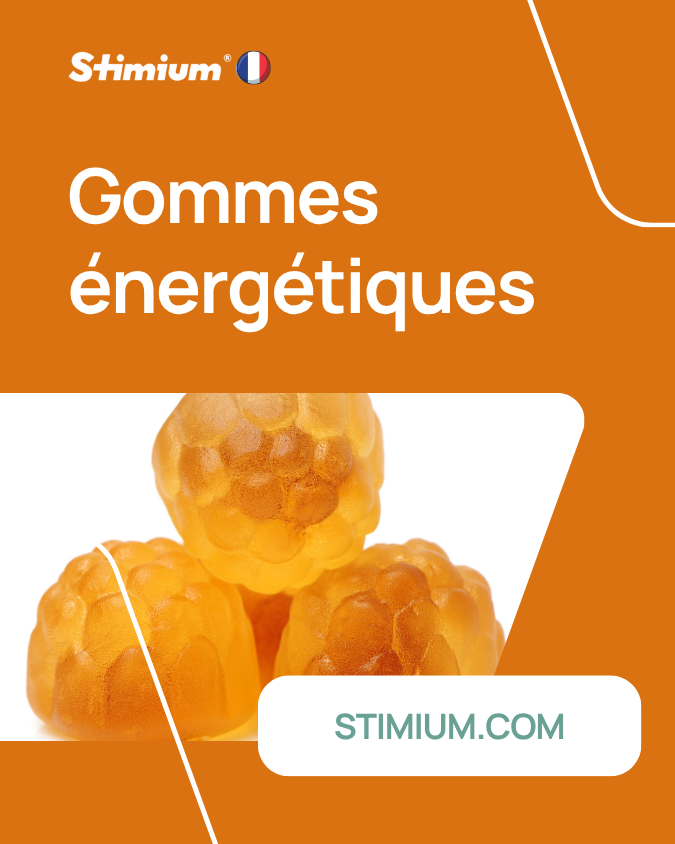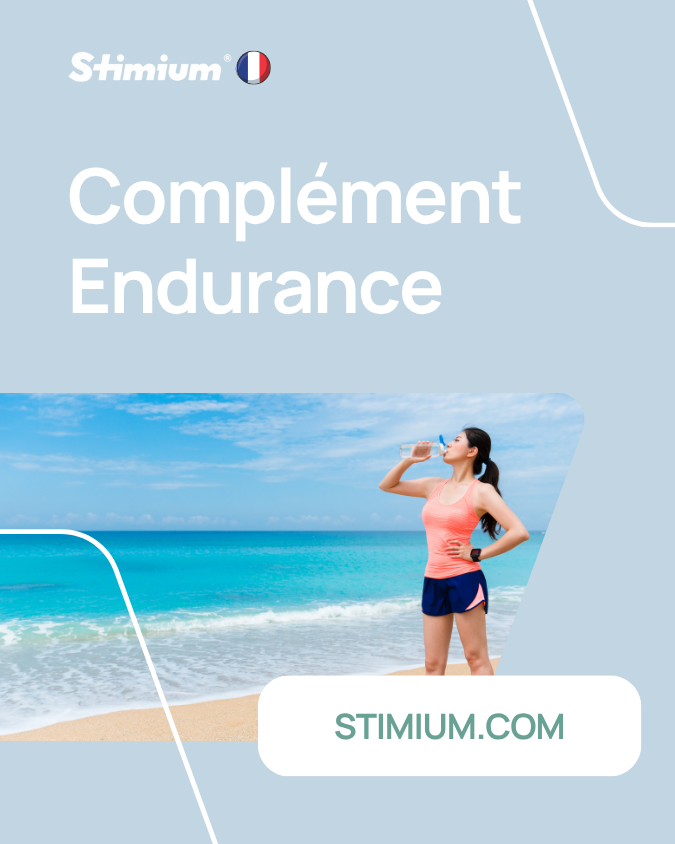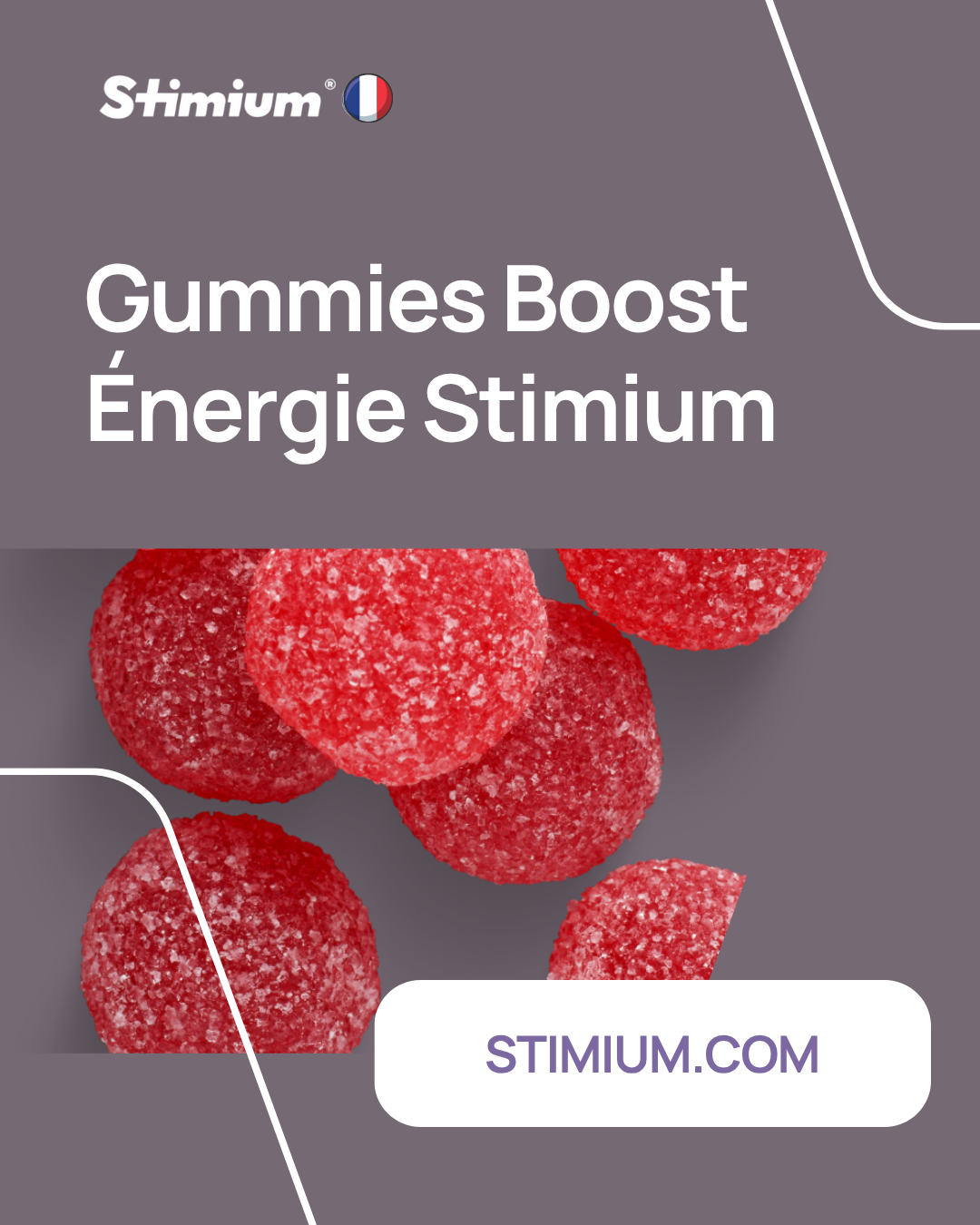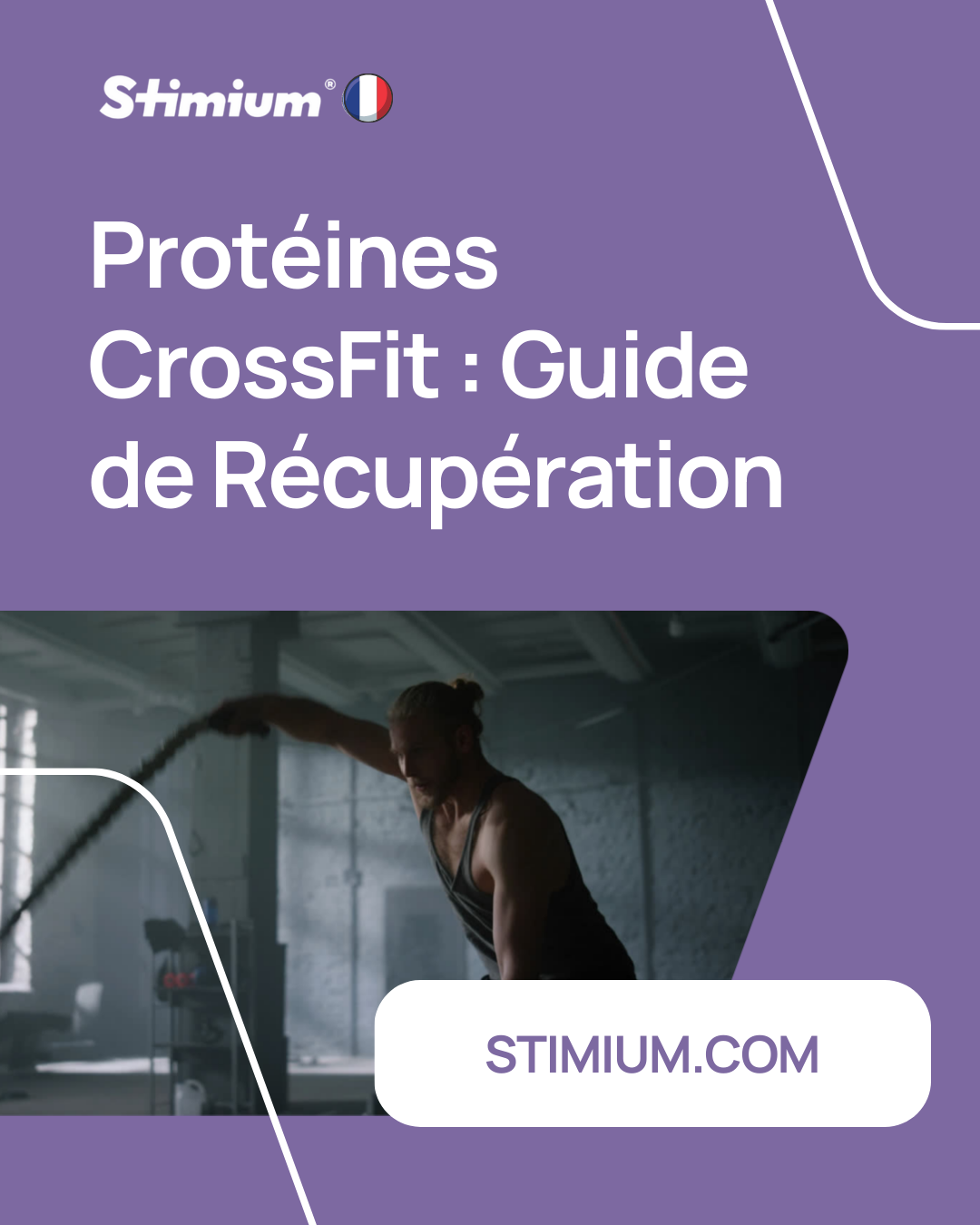Discover our Vitamins File (2023)
Vitamins
- Vitamins:
What is this ?
Vitamins are organic compounds, which have a role mainly enzyme activator (coenzymes) or chemical reaction accelerator (catalysts). They are present in foods in very small quantities. There are 13 different vitamins divided into two main groups.
Vitamins fat soluble : They are absorbed thanks to lipids and are stored/accumulated in the liver. Their elimination is slow, mainly through the stools. This family is made up of vitamins A, D, E and K.
Vitamins water soluble : They are absorbed through water, their storage is low with rapid elimination mainly through urine. This family is made up of vitamins B1, B2, B3, B5, B6, B8, B9, B12 and C.
Absorption of the majority of vitamins is produced in level of the intestine . Consequently, certain diseases linked to the digestive tract (e.g. diarrhea, colic disease) can lead to deficiencies in these elements.
Vitamin A:
What is this ?
The term vitamin A brings together retinol, its metabolites (elements derived from retinol) produced in the body and responsible for its activity (retinal and retinoic acids) as well as provitamin carotenoids (β-carotene, α-carotene and β-cryptoxanthin) .
What is it for?
Vitamin A plays an essential role in the regulation of genome expression (all of our characteristics), the operation of the immune system and differentiation of the outer cell layer of the eye (the ocular epithelium), as well as in the twilight vision .
What are the effects of a deficiency?
Vitamin A deficiency is manifested by decreased twilight vision (night blindness), a dry eyes (keratomalacia) and keratin spots on the outer part of the eye (Bitot's spots) (Efsa 2015c).
Where can we find it in food? The foods richest in retinol are organ meats, egg yolk and butter (Ciqual 2017). The foods richest in β-carotene are vegetables (carrots, sweet potatoes, green leafy vegetables) and fruits (mangoes, melons) (Ciqual 2017). The nutritional references for vitamin A are:
Where can it be found in Stimium® products?
Source of energy for the muscle / Improves alertness and reduces fatigue / Contributes to normal energy metabolism / Powerful antioxidant
Source of energy for the muscle / Improves alertness and reduces fatigue / Contributes to normal energy metabolism / Powerful antioxidant
Contributes to the maintenance of better physiological and mental vitality / Helps with the proper functioning of the nervous, muscular, immune and vision systems
Vitamin B1:
What is this ?
The term vitamin B1 corresponds to thiamine which is a precursor of thiamine pyrophosphate (TPP) produced in the liver.
What is it for?
TPP is the compound necessary for activation (coenzyme) of a large number of enzymatic systems involved in exchanges of carbon groups (transketolization reactions). Particularly at the level of the pentose phosphate pathway which allows the synthesis of fatty acids and steroid hormones , and also at the level of energy production cycle (Krebs cycle). Vitamin B1 is mainly involved in the carbohydrate metabolism but also in the synthesis of acetylcholine which allows the transfer of nervous information (neurotransmitter).
What are the effects of a deficiency?
Vitamin B1 deficiency generally manifests itself as a inflammation of the nerves (peripheral neuritis), heart failure and a tendency to accumulate water (edema). It can lead to the onset of cardiac and neurological disease (beriberi). Vitamin B1 deficiency also affects brain function and can lead to neurological disorders (Wernicke encephalopathy) associated with loss of coordination movements (ataxia), vision problems and an confusion , with possible amnesia and disorientation. Vitamin B1 deficiency is not always due to insufficient dietary intake, it can be associated with practices (for example alcoholism), linked to intestinal or hepatic pathologies (Efsa 2016c).
Where can we find it in food? Vitamin B1 is mainly found in whole grain products, meat, particularly pork, and oilseeds (Ciqual 2017). The nutritional references for vitamin B1 are:
Where can it be found in Stimium® products?
Source of energy for the muscle / Improves alertness and reduces fatigue / Contributes to normal energy metabolism / Powerful antioxidant
Source of energy for the muscle / Improves alertness and reduces fatigue / Contributes to normal energy metabolism / Powerful antioxidant 
Increase in work performed, simple and repetitive exercises and muscular adaptation during exercise / reduces the effect of physical and mental fatigue
Reduces fatigue / Maintains water-electrolyte and acid-base balance / Antioxidant action
Reduces fatigue / Maintains water-electrolyte and acid-base balance / Antioxidant action
Combination of several active ingredients to burn fat / suppress appetite
Contributes to maintaining better physiological and mental vitality / Helps with the proper functioning of nervous, muscular, immune and vision systems
Vitamin B2:
What is this ?
Vitamin B2 (or riboflavin) mainly plays a precursor role for two reaction activators (coenzymes) of electron exchange (oxidoreduction), FMN ( flavin mononucleotide ) and FAD ( flavin adenin dinucleotide ).
What is it for?
Vitamin B2 is involved in its two forms in more than a hundred electron exchange reactions occurring in the energy metabolism . They play a role in:
- The degradation of fatty acids, certain amino acids and purine bases;
- A transformation stage at the level of the energy production cycle (Krebs cycle);
- The mitochondrial respiratory chain.
FAD is also the activator of an enzyme (cofactor) involved in the synthesis of a major protector of cells against unstable molecules (antioxidant), glutathione. Therefore vitamin B1 plays a indirect antioxidant role .
What are the effects of a deficiency?
Vitamin B2 deficiency can manifest itself as skin problems such as the formation of red patches on the skin (seborrheic dermatitis), lip inflammation (cheleitis) or dry eyes (Afssa 2001).
Where can we find it in food? Vitamin B2 is mainly found in liver, dairy products (cheese, milk and yogurt) and eggs (Ciqual 2017). The nutritional references for vitamin B2 are:
Where can it be found in Stimium® products?
Source of energy for the muscle / Improves alertness and reduces fatigue / Contributes to normal energy metabolism / Powerful antioxidant
Source of energy for the muscle / Improves alertness and reduces fatigue / Contributes to normal energy metabolism / Powerful antioxidant
Increase in work performed, simple and repetitive exercises and muscular adaptation during exercise / reduces the effect of physical and mental fatigue
Reduces fatigue / Maintains water-electrolyte and acid-base balance / Antioxidant action
Reduces fatigue / Maintains water-electrolyte and acid-base balance / Antioxidant action
Combination of several active ingredients to burn fat / suppress appetite
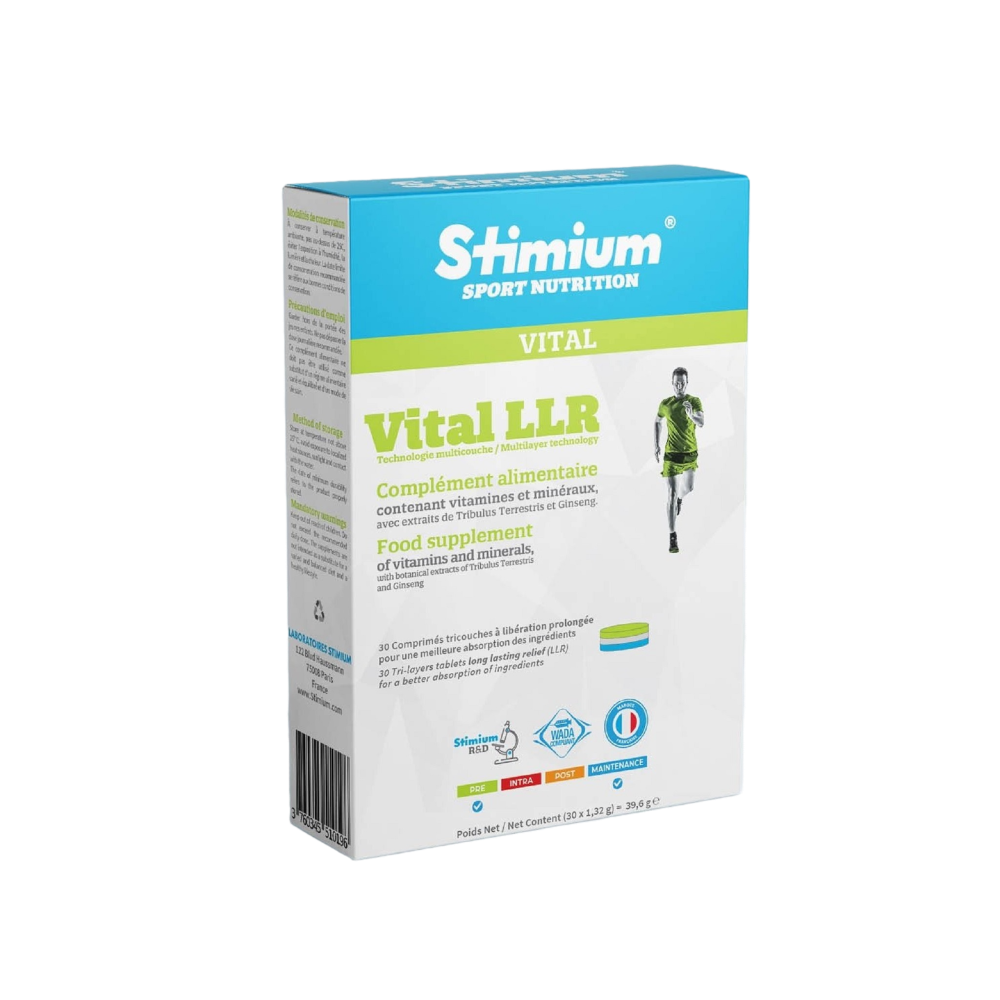
Contributes to maintaining better physiological and mental vitality / Helps with the proper functioning of nervous, muscular, immune and vision systems
Vitamin B3:
What is this ?
Vitamin B3 or niacin is present in two forms in the body, nicotinic acid and nicotinamide. Nicotinamide can be directly synthesized in the body thanks to an amino acid (tryptophan), vitamins B2, B6 and magnesium.
What is it for?
These two forms are precursors of reaction activators (cofactors) of electron exchanges (oxidoreduction) involved in the energy metabolism (NAD+ and NADP+).
Vitamin B3 also plays a role in synthesis of transmitters of nervous information (neurotransmitters) involved in control of the motor skills and emotions (serotonin and dopamine).
What are the effects of a deficiency?
A deficiency in vitamin B3 and tryptophan (amino acid precursor of vitamin B3) can lead to the development of diseases linked to malnutrition (pellagra), the most common symptoms of which are skin inflammation linked to the sun (photosensitive dermatitis), skin lesions , vomiting , diarrhea and some depression (Efsa 2014f).
Where can we find it in food? Niacin is present in liver, meats, fish, seafood and whole grains (Ciqual 2017). The nutritional references for vitamin B3 are:
Where can it be found in Stimium® products?
Source of energy for the muscle / Improves alertness and reduces fatigue / Contributes to normal energy metabolism / Powerful antioxidant
Source of energy for the muscle / Improves alertness and reduces fatigue / Contributes to normal energy metabolism / Powerful antioxidant
Increase in work performed, simple and repetitive exercises and muscular adaptation during exercise / reduces the effect of physical and mental fatigue
Reduces fatigue / Maintains water-electrolyte and acid-base balance / Antioxidant action
Reduces fatigue / Maintains water-electrolyte and acid-base balance / Antioxidant action
Combination of several active ingredients to burn fat / suppress appetite
Contributes to maintaining better physiological and mental vitality / Helps with the proper functioning of nervous, muscular, immune and vision systems
Vitamin B5:
What is it for?
Vitamin B5 (or pantothenic acid) plays an essential role in the synthesis of a molecule necessary for many metabolic pathways (the coenzyme A ).
Thanks to its role as a precursor, vitamin B5 is indirectly linked to the synthesis of numerous transmitters of nervous information ( neurotransmitters ) and molecules secreted into the blood to act on target organs ( steroid hormones ). It is also essential for the synthesis and at metabolism of carbohydrates, amino acids and fatty acids .
What are the effects of a deficiency?
Signs of vitamin B5 deficiency observed include: mood changes , sleep disorders , neurological disorders , cardiac And gastrointestinal (Efsa 2014g).
Where can we find it in food? Pantothenic acid is present everywhere in food. Foods rich in this vitamin include meat, bread, milk and dairy products (Ciqual 2017). The nutritional references for vitamin B5 are:
Where can it be found in Stimium® products?
Source of energy for the muscle / Improves alertness and reduces fatigue / Contributes to normal energy metabolism / Powerful antioxidant
Source of energy for the muscle / Improves alertness and reduces fatigue / Contributes to normal energy metabolism / Powerful antioxidant
Increase in work performed, simple and repetitive exercises and muscular adaptation during exercise / reduces the effect of physical and mental fatigue
Reduces fatigue / Maintains water-electrolyte and acid-base balance / Antioxidant action
Reduces fatigue / Maintains water-electrolyte and acid-base balance / Antioxidant action
Combination of several active ingredients to burn fat / suppress appetite
Contributes to maintaining better physiological and mental vitality / Helps with the proper functioning of nervous, muscular, immune and vision systems
Vitamin B6:
What is this ?
Vitamin B6 consists of six compounds: pyridoxal (PL), pyridoxine (PN), pyridoxamine (PM) and their respective derivative: pyridoxal phosphate (PLP), pyridoxine phosphate (PNP) and pyridoxamine phosphate (PMP). In animal tissues, we find mainly PLP and PMP while in plant tissues we find mainly PN and PNP.
What is it for?
PLP is an activator (coenzyme) of around a hundred enzymes involved in amino acid metabolism . PLP is also a necessary compound (cofactor) for synthesis of nervous information transmitters (neurotransmitters) (Anses 2016).
Vitamin B6 also participates in the synthesis of taurine , the production of insulin , constituents of red blood cells ( hemoglobins ), vitamin B3 (via tryptophan, confers vitamin B3) and is necessary for the assimilation of magnesium .
What are the effects of a deficiency?
A deficiency in vitamin B6 leads to the appearance of a low level of red blood cells in the blood ( anemia ), convulsions linked to a deficiency in the synthesis of a neurotransmitter (gama-aminobutyric acid) and skin problems (eczema, inflammation) (Efsa 2016d).
Where can we find it in food?
Foods rich in vitamin B6 include plant sources (cereals in all their forms, starchy vegetables, soy products, non-citrus fruits) and animal sources (beef, veal, pork and poultry livers, fish) ( Ciqual 2017). The nutritional references for vitamin B6 are:
Where can it be found in Stimium® products?
Source of energy for the muscle / Improves alertness and reduces fatigue / Contributes to normal energy metabolism / Powerful antioxidant
Source of energy for the muscle / Improves alertness and reduces fatigue / Contributes to normal energy metabolism / Powerful antioxidant
Increase in work performed, simple and repetitive exercises and muscular adaptation during exercise / reduces the effect of physical and mental fatigue
Reduces fatigue / Maintains water-electrolyte and acid-base balance / Antioxidant action
Reduces fatigue / Maintains water-electrolyte and acid-base balance / Antioxidant action
Combination of several active ingredients to burn fat / suppress appetite
Contributes to maintaining better physiological and mental vitality / Helps with the proper functioning of nervous, muscular, immune and vision systems
Vitamin B8:
What is it for?
Vitamin B8 (or biotin) is an activator (cofactor) of several enzymes (carboxylases) involved in synthesis of fatty acids , glucose from non-carbohydrate compounds (gluconeogenesis) and catabolism of certain amino acids (those with branched chain). Biotin is also essential for regulation many so-called biotin-dependent genes .
Humans cannot synthesize biotin, however the intestinal microbiota (microorganisms of the digestive system) produce large quantities of it (SCF 2001a) without knowing whether this synthesis can help to cover biotin needs.
What are the effects of a deficiency?
Vitamin B8 deficiency is rare and is characterized by skin inflammations (dermatitis), a hair loss , eye inflammation (conjunctivitis), loss of coordination movements (ataxia).
Cases have been observed in subjects fed intravenously for a long time without biotin supplementation or in high consumers of raw eggs (Zempleni and Mock 1999). Indeed, raw egg white contains avidin which has a strong affinity for biotin and prevents its intestinal absorption (SCF 2001a).
Where can we find it in food?
The main food sources reported by Efsa are liver, cooked eggs, mushrooms and certain cheeses, while smaller quantities are found in lean meat, fruit, cereals and bread (Efsa 2014b). The nutritional references for vitamin B8 are:
Where can it be found in Stimium® products?
Source of energy for the muscle / Improves alertness and reduces fatigue / Contributes to normal energy metabolism / Powerful antioxidant
Source of energy for the muscle / Improves alertness and reduces fatigue / Contributes to normal energy metabolism / Powerful antioxidant
Increase in work performed, simple and repetitive exercises and muscular adaptation during exercise / reduces the effect of physical and mental fatigue
Reduces fatigue / Maintains water-electrolyte and acid-base balance / Antioxidant action
Reduces fatigue / Maintains water-electrolyte and acid-base balance / Antioxidant action
Combination of several active ingredients to burn fat / suppress appetite
Contributes to maintaining better physiological and mental vitality / Helps with the proper functioning of nervous, muscular, immune and vision systems
Vitamin B9:
What is this ?
Vitamin B9 is a general term bringing together folates, also called teroylpolyglutamates naturally present in food, and folic acid which is the synthetic form present in fortified foods and dietary supplements. The metabolically active form of vitamin B9 is a folate derivative, called tetrahydrofolates (THF).
What is it for?
THF is necessary for amino acid metabolism and to the nucleic acid synthesis and therefore to cell division. Vitamin B9 plays an important role in production of blood cells (hematopoiesis), synthesis of nervous information transmitters (neurotransmitters), the proper functioning of the immune system and the production of cells .
What are the effects of a deficiency?
Vitamin B9 deficiency decreases the division speed of all cells and in particular red blood cells whose renewal is normally rapid. Thus, the primary consequence of a vitamin B9 deficiency is the production of abnormally large red blood cells with poorly differentiated nuclei and reduced numbers (megaloblastic anemia) (Efsa 2014d).
Where can we find it in food?
Foods rich in vitamin B9 include legumes, leafy vegetables and liver. Brewer's yeast and wheat germ are also rich in folate (Ciqual 2017). The nutritional references for vitamin B9 are:
Where can it be found in Stimium® products?
Source of energy for the muscle / Improves alertness and reduces fatigue / Contributes to normal energy metabolism / Powerful antioxidant
Source of energy for the muscle / Improves alertness and reduces fatigue / Contributes to normal energy metabolism / Powerful antioxidant
Increase in work performed, simple and repetitive exercises and muscular adaptation during exercise / reduces the effect of physical and mental fatigue
Reduces fatigue / Maintains water-electrolyte and acid-base balance / Antioxidant action
Reduces fatigue / Maintains water-electrolyte and acid-base balance / Antioxidant action
Contributes to maintaining better physiological and mental vitality / Helps with the proper functioning of nervous, muscular, immune and vision systems
Vitamin B12:
What is this ?
Vitamin B12 (or cobalamin) refers to cobalt-based molecules that can be converted into two specific compounds: 5-deoxyadenosyl-cobalamin and methyl-cobalamin. There is a link between the metabolism of vitamin B9 and that of vitamin B12.
What is it for?
5-Deoxyadenosyl-cobalamin is a reaction activator (cofactor) in the mitochondrial metabolism . In addition, it acts as an activator in the metabolism of lipids and amino acids . Vitamin B12 is essential for cell growth and division as well as the production of blood cells (hematopoiesis) and transmitters of nervous information (neurotransmitters).
What are the effects of a deficiency?
A vitamin B12 deficiency is most often expressed by the production of abnormally large red blood cells with poorly differentiated nuclei ( anemia megaloblastic). It is accompanied by symptoms linked to impaired oxygen transport , such as fatigue or difficulty breathing (dyspnea).
Vitamin B12 deficiency can also lead to neurological damage with a destruction of the protective sheath which surrounds and protects the nerve fibers (progressive demyelination) in the brain and spinal cord. This may be linked to motor disorders and some sensitivity , associated with neuronal dysfunctions causing certain mental disorders (irritability, memory and mood disorders).
Where can we find it in food?
Vitamin B12 is synthesized by microorganisms, mainly bacteria and archaea, particularly those present in the stomach of ruminants (e.g. cow rumen). The main sources of vitamin B12 are organ meats (especially liver), fish, eggs, meat, milk and other dairy products (Ciqual 2017). Smaller quantities can also be found in certain fermented plant products. Vitamin B12 deficiency is therefore particularly common among vegans (Efsa 2015d). The nutritional references for vitamin B12 are:
Where can it be found in Stimium® products?
Source of energy for the muscle / Improves alertness and reduces fatigue / Contributes to normal energy metabolism / Powerful antioxidant
Source of energy for the muscle / Improves alertness and reduces fatigue / Contributes to normal energy metabolism / Powerful antioxidant
Increase in work performed, simple and repetitive exercises and muscular adaptation during exercise / reduces the effect of physical and mental fatigue
Reduces fatigue / Maintains water-electrolyte and acid-base balance / Antioxidant action
Reduces fatigue / Maintains water-electrolyte and acid-base balance / Antioxidant action
Combination of several active ingredients to burn fat / suppress appetite
Contributes to maintaining better physiological and mental vitality / Helps with the proper functioning of nervous, muscular, immune and vision systems
Vitamin C :
What is it for?
Vitamin C (or ascorbic acid) has a role as an activator (coenzyme) in the synthesis of an amino acid allowing burn fat for energy (carnitine), in the synthesis of molecules secreted into the blood to act on targeted organs (adrenaline and norepinephrine) and in the metabolism of collagen .
In addition, vitamin C is a protector of cells against unstable molecules from oxygen and nitrogen (antioxidant). It is also known to promote absorption of plant-based iron (non-heme) and intervenes in the immune defenses and the healing .
What are the effects of a deficiency?
A vitamin C deficiency can lead to the development of diseases that cause symptoms of fatigue, muscle/joint pain, bleeding, weight loss, irritability and problems with wound healing and blood circulation (scurvy).
Where can we find it in food?
The main dietary sources of vitamin C are fruits (such as blackcurrants and citrus fruits) and vegetables (especially parsley and red pepper) (Ciqual 2017). The nutritional references for vitamin C are:
Where can it be found in Stimium® products?
Source of energy for the muscle / Improves alertness and reduces fatigue / Contributes to normal energy metabolism / Powerful antioxidant
Source of energy for the muscle / Improves alertness and reduces fatigue / Contributes to normal energy metabolism / Powerful antioxidant
Synergistically effective in joint inflammation, mobility and flexibility problems / Avoids morning stiffness
 Improves performance and alertness / Reduces muscular and mental fatigue
Improves performance and alertness / Reduces muscular and mental fatigue
Contributes to maintaining better physiological and mental vitality / Helps with the proper functioning of nervous, muscular, immune and vision systems
Vitamin D :
What is this ?
In food, vitamin D is present in two shapes : vitamin D2 (ergocalciferol) produced by plants, and vitamin D3 (cholecalciferol), of animal origin. Vitamin D is also directly synthesized in the body, thanks to skin cells and cholesterol under the action of ultraviolet radiation (UV-B).
What is it for?
Vitamin D is active after conversion to 1,25-dihydroxyvitamin D to contribute to maintaining balance (homeostasis) of calcium and phosphorus and to ensure a tissue mineralization (bones, cartilage and teeth) during and after growth.
What are the effects of a deficiency?
Symptoms of vitamin D deficiency are manifested by loss of bone density (osteomalacia), which is due to an alteration of bone mineralization due to reduced absorption of calcium and phosphorus food. Vitamin D deficiency therefore increases the risk of fracture.
Where can we find it in food?
Among the main dietary sources of vitamin D are fatty fish, cod liver oil (which contains particularly high vitamin D concentrations) and egg yolk (Ciqual 2017). The nutritional references for vitamin D are:
Where can it be found in Stimium® products?
Source of energy for the muscle / Improves alertness and reduces fatigue / Contributes to normal energy metabolism / Powerful antioxidant
Source of energy for the muscle / Improves alertness and reduces fatigue / Contributes to normal energy metabolism / Powerful antioxidant
Contributes to maintaining better physiological and mental vitality / Helps with the proper functioning of nervous, muscular, immune and vision systems
Vitamin E :
What is this ?
Vitamin E is the common term for four tocopherols and four tocotrienols (alpha, beta, delta and gamma).
What is it for?
Its main property is its protective function of cells against unstable metabolic molecules (antioxidant), allowing in particular due to its affinity for fatty acids (lipophilia), to limit their oxidation by oxygen (lipid peroxidation). Its protective power depends on common and complementary effects with other antioxidants such as vitamin C or vitamin A (carotenoids).
What are the effects of a deficiency?
Vitamin E deficiency causes neurological symptoms including loss of coordination movements (ataxia). It is observed in patients suffering from a reduction or cessation of bile secretion (cholestatic liver disease), severe malnutrition, lipid absorption disorders and cystic fibrosis.
Where can we find it in food?
The main dietary sources of vitamin E are certain vegetable oils, cod liver oil and certain nuts (Ciqual 2017). The nutritional references for vitamin E are:
Where can it be found in Stimium® products?
Source of energy for the muscle / Improves alertness and reduces fatigue / Contributes to normal energy metabolism / Powerful antioxidant
Source of energy for the muscle / Improves alertness and reduces fatigue / Contributes to normal energy metabolism / Powerful antioxidant
Contributes to maintaining better physiological and mental vitality / Helps with the proper functioning of nervous, muscular, immune and vision systems
Vitamin K:
What is this ?
Vitamin K includes phylloquinone (vitamin K1) which is mainly found in green vegetables, menaquinones (vitamin K2) found in fermented products and synthetic menadione (vitamin K3).
What is it for?
Vitamin K is a enzyme activator (cofactor) say vitamin K-dependent proteins (enzymatic carboxylation). They thus allow the blood clotting (vitamin K1) and bone metabolism (vitamin K2) (Afssa 2001).
What are the effects of a deficiency?
Vitamin K1 deficiency leads to bleeding disorders due to a drop in the activity of proteins in favor of it (procoagulant proteins) and a increased clotting time (Prothrombin time).
In bones, a deficiency in vitamin K2 leads to the secretion of insufficiently matured protein hormones present in bone tissues promoting the fixation of calcium (osteocalcin), which increases the weakening of bones (osteoporosis) (Efsa 2017b).
Cases of dietary deficiency are rare but can lead to lipid absorption disorders (Savage and Lindenbaum 1983). Additionally, high intakes of vitamin E (α-tocopherol) in individuals with low vitamin K status can cause clotting disorders (Efsa 2017b).
Where can we find it in food?
According to Ciqual data, vitamin K1 is mainly found in dark green leafy vegetables (herbs, kale, spinach, salads and cruciferous vegetables) and certain vegetable oils (Ciqual 2017). Menaquinones (vitamin K2) are synthesized by bacteria and are mainly found in products of animal origin (liver, beef and poultry, egg yolk and fermented dairy products) and fermented products (Ciqual 2017). The nutritional references for vitamin K are:
Where can it be found in Stimium® products?
Source of energy for the muscle / Improves alertness and reduces fatigue / Contributes to normal energy metabolism / Powerful antioxidant
- Other constituents:
Coenzyme Q10:
What is this ?
There Coenzyme Q 10 , also known as ubiquinone, is a 1-4 Benzoquinone. This substance, similar to a fat-soluble vitamin , is present in most cells of the body, mainly in the mitochondria , where it participates in cellular respiration .
What is it for?
Coenzyme Q10 plays a protective role against unstable molecules in the body (antioxidant). It would allow reduce damage caused to cells by too intensive training .
Coenzyme Q10 allows synthesis of energy in the form of ATP in the mitochondria. Finally, around 95% of the body's energy is created thanks to this coenzyme, hence its essential role in the creation of energy, particularly in the muscles during sporting activity and for recovery.
Where can it be found in Stimium® products?
Source of energy for the muscle / Improves alertness and reduces fatigue / Contributes to normal energy metabolism / Powerful antioxidant
Appendices:
Bibliographies:
Nutritional references in vitamins and minerals, ANSES opinion, March 2021
Micronutrition and nutritherapy, Jérôme Manetta






